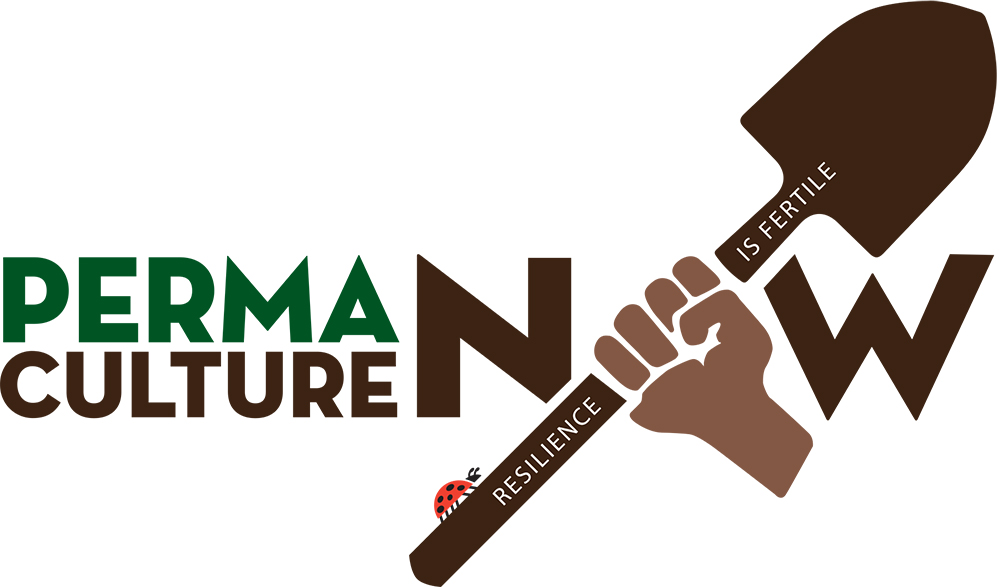Ohana Gardens
Our Pandemic Response
This last year we launched a COVID19 response project with a local nonprofit called Food Security Hawaii. We had been anticipating COVID exploding across the globe. We were watching the Chinese and Italian examples and we knew it was headed towards the United States.
By the end of February, early March 2020, we knew that the economy was going to shut down and that it was going to hugely impact our lives. In a board meeting, we suggested that we should jump right in with both feet and look at how we do backyard and neighborhood food systems in a time where people are going to be losing their jobs, where the food supply is already endangered, and that gives people something to do right at home that is meaningful and enduring.
We launched a program called Ohana Gardens. Ohana in Hawaiian is a beautiful word that both means your immediate family, your neighborhood family, and it can be your island family. In your ohana, you care for each other, and you take action together to do things that care for each other.

What We Wanted
We wanted people to be successful and to be inspired. We wanted people to be capable of managing a system that they invested in and installed. And we wanted to get that food on the people’s plates.
When there is abundance rather than scarcity, there is the ability to share. We asked, what does it look like in a neighborhood to be able to have enough in your backyards collectively to share? Originally, we thought we would do a lot of vegetable gardening with people. But we learned very quickly that vegetable gardening in the tropics for new growers is really challenging. It can be hard in the tropics, there are a lot of bugs and other pitfalls.
There is a lot of knowledge that one just can’t learn in a month. People were spending lots of money and time and then failing. We did not want people to get discouraged.
What We Did
We adapted a permaculture strategy called tree guilds, which is like companion planting. When you put a fruit tree in the ground, and you leave it there all by itself in the wind and the sun, it will really struggle with the grass around it. We have a whole strategy for companion planting around that young fruit tree that gives a variety of yields very quickly, and over time. So that while the tree is growing, there are other yields in the system, that includes biodiversity, it includes delicious things to eat while, fixing nitrogen for the tree, and building the soil. It’s a pollinator pathway!
We framed the program to be taught with the workshop happening at your home. We brought the trees, all the plants, and all the know-how. All you had to bring was at least five people to attend the workshop and few other things like cardboard and wood chips, etc.
Kuleana
People were calling up their friends and neighbors, neighbors were meeting for the first time. And we would do the workshop and people’s eyes would pop open. They were so excited to be able to get together and jump right in and do something that is easy and replicable.
The kuleana of the host home was to make sure that all the attendees would then take their gifts of plants and then go plant food islands in their backyards and neighborhoods. And it’s been wildly successful. We’ve had people attend several workshops, we’ve had people go out and just buy them for their neighbors.
Kuleana is a Hawaiian word that means not just responsibility or obligation it roughly translates to how good it feels when you stand up to do the right thing. When you fulfill your obligations. You, yourself, know you feel good about that and you know you are supposed to do it. It’s your kuleana to take care of that.



Food Islands
We’ve had stunning success with this project across the county of Maui. We rebranded the tree guilds and call them food islands, it’s really caught on and it’s been really fun to hear people say that they planted three more food islands in their neighborhood.
It’s not just the local food equation, it’s also that when you grow your own food, it’s nutritious, it’s delicious. It’s often culturally attuned, it’s locally adapted, it is supporting local farmers, and it’s building capacity.
We commissioned artist Silvia Yordanova to collaborate with us on a written handbook on how to plant food islands in the subtropics. That will be coming out soon with really beautiful drawings. Having a real, how to guideline that walk you through it step by step, is a really important part of helping people move forward with it. It will be a free downloadable PDF.
JENNY PELL HAS BEEN FEATURED IN








